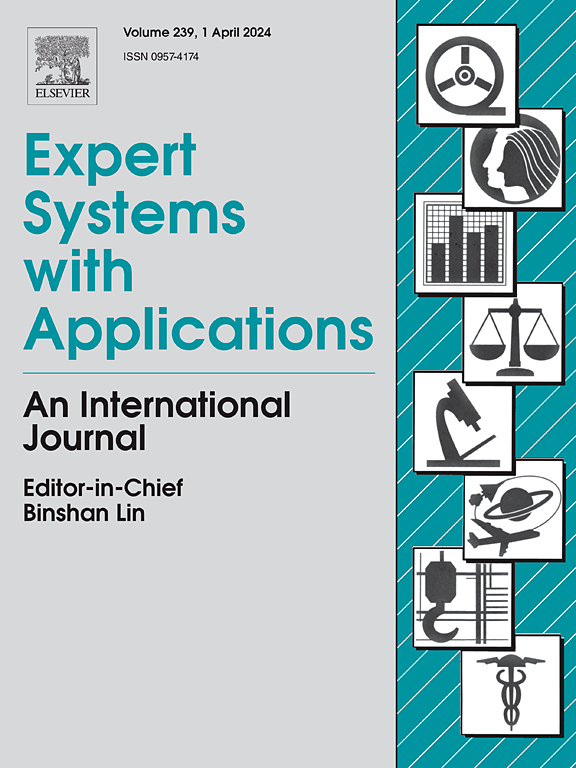Predicting wind turbines faults using Multi-Objective Genetic Programming
IF 7.5
1区 计算机科学
Q1 COMPUTER SCIENCE, ARTIFICIAL INTELLIGENCE
引用次数: 0
Abstract
Wind turbines are a key component of renewable energy, converting wind into electricity with minimal environmental impact. Ensuring their continuous operation is crucial for maximizing energy production and reducing costly downtimes. To extend their operational lifespan, proactive maintenance strategies that predict and address potential faults are essential. While Machine Learning (ML) and Deep Learning (DL) algorithms have demonstrated significant promise in detecting wind turbine faults, they often prioritize maximizing the detection of failures without giving sufficient attention to false alarms. In practice, false alarms are just as problematic as undetected failures, as they reduce efficiency and waste resources. In this paper, we propose a novel optimization approach using Multi-Objective Genetic Programming (MOGP) to predict wind turbine faults. Our approach seeks to identify the best combination of features and their threshold values by optimizing two conflicting objectives: maximizing fault detection while minimizing false alarms. This dual-objective strategy ensures reliable fault prediction while minimizing unnecessary maintenance actions. We assess the effectiveness of our approach using real-world Supervisory Control and Data Acquisition (SCADA) data from a wind turbine in southern Ireland. The results demonstrate the efficiency of our approach in fault identification, achieving a competitive balance between recall (91%) and false positive rate (21%). While machine learning (ML), specifically Random Forest (RF), shows promising performance with a recall of 91% and a 10% false alarm rate, it remains a black-box model. RF lacks interpretability, making it challenging to extract meaningful insights into the relationships between sensor features and fault occurrences.
基于多目标遗传规划的风力发电机故障预测
风力涡轮机是可再生能源的关键组成部分,将风能转化为电能,对环境的影响最小。确保它们的连续运行对于最大限度地提高能源产量和减少代价高昂的停机时间至关重要。为了延长其使用寿命,预测和解决潜在故障的主动维护策略是必不可少的。虽然机器学习(ML)和深度学习(DL)算法在检测风力涡轮机故障方面已经证明了巨大的前景,但它们通常优先考虑最大限度地检测故障,而没有对假警报给予足够的关注。在实践中,假警报与未被发现的故障一样有问题,因为它们降低了效率并浪费了资源。本文提出了一种基于多目标遗传规划(MOGP)的风电机组故障预测方法。我们的方法旨在通过优化两个相互冲突的目标来识别特征及其阈值的最佳组合:最大化故障检测同时最小化假警报。这种双目标策略确保了可靠的故障预测,同时最大限度地减少了不必要的维护行动。我们使用来自爱尔兰南部风力涡轮机的真实监控和数据采集(SCADA)数据来评估我们方法的有效性。结果证明了我们的方法在故障识别方面的效率,在召回率(91%)和误报率(21%)之间实现了竞争性平衡。虽然机器学习(ML),特别是随机森林(RF)表现出了91%的召回率和10%的误报率,但它仍然是一个黑箱模型。RF缺乏可解释性,因此很难从传感器特征和故障发生之间的关系中提取有意义的见解。
本文章由计算机程序翻译,如有差异,请以英文原文为准。
求助全文
约1分钟内获得全文
求助全文
来源期刊

Expert Systems with Applications
工程技术-工程:电子与电气
CiteScore
13.80
自引率
10.60%
发文量
2045
审稿时长
8.7 months
期刊介绍:
Expert Systems With Applications is an international journal dedicated to the exchange of information on expert and intelligent systems used globally in industry, government, and universities. The journal emphasizes original papers covering the design, development, testing, implementation, and management of these systems, offering practical guidelines. It spans various sectors such as finance, engineering, marketing, law, project management, information management, medicine, and more. The journal also welcomes papers on multi-agent systems, knowledge management, neural networks, knowledge discovery, data mining, and other related areas, excluding applications to military/defense systems.
 求助内容:
求助内容: 应助结果提醒方式:
应助结果提醒方式:


